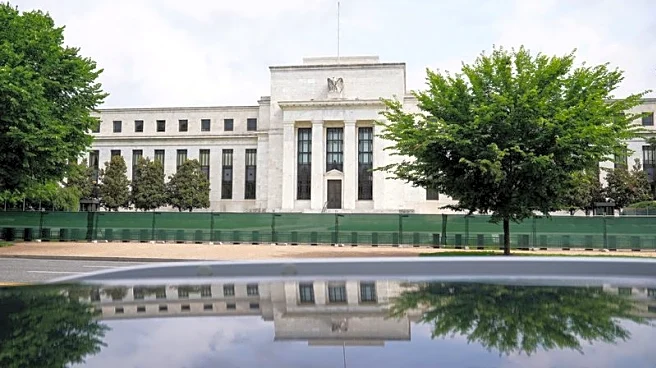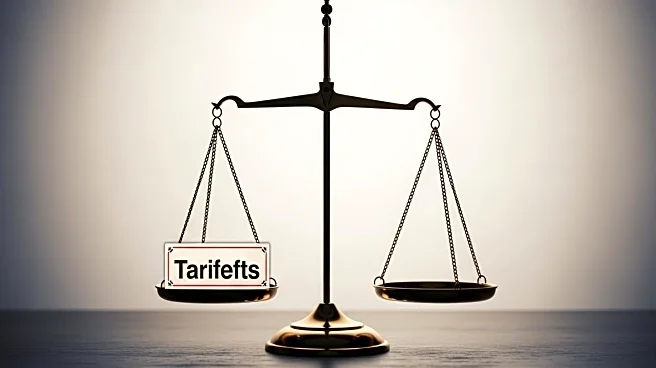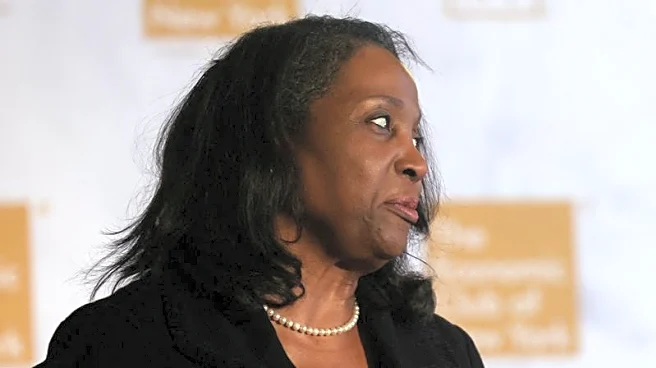What is the story about?
What's Happening?
The US Federal Reserve has reduced interest rates by 0.25%, bringing them down to a range of 4.00% to 4.25%. This decision aligns with market expectations and is driven by concerns over a weakening job market and inflation at 2.9%. The rate cut received support from most of President Trump's appointees, with new Governor Stephen Miran dissenting in favor of a larger cut. The Fed's projections suggest two more rate reductions are anticipated this year, indicating a shift in focus from inflation risks to economic growth and unemployment concerns.
Why It's Important?
The rate cut is crucial as it reflects the Federal Reserve's response to economic challenges, including slowing job growth and potential unemployment increases. By lowering borrowing costs, the Fed aims to stimulate economic activity and support the labor market. This decision also highlights the influence of President Trump's administration on monetary policy, with recent appointments potentially impacting the Fed's independence. The move could affect various sectors, including housing and consumer spending, as lower rates may encourage investment and consumption.
What's Next?
The Federal Reserve is expected to continue lowering rates, with two more cuts anticipated this year. This approach aims to address economic risks and support growth, while managing inflation expectations. Stakeholders will be watching the Fed's actions closely, as further rate cuts could have significant implications for the economy. The central bank's ability to balance inflation and employment will be key in shaping future policy decisions.
AI Generated Content
Do you find this article useful?














